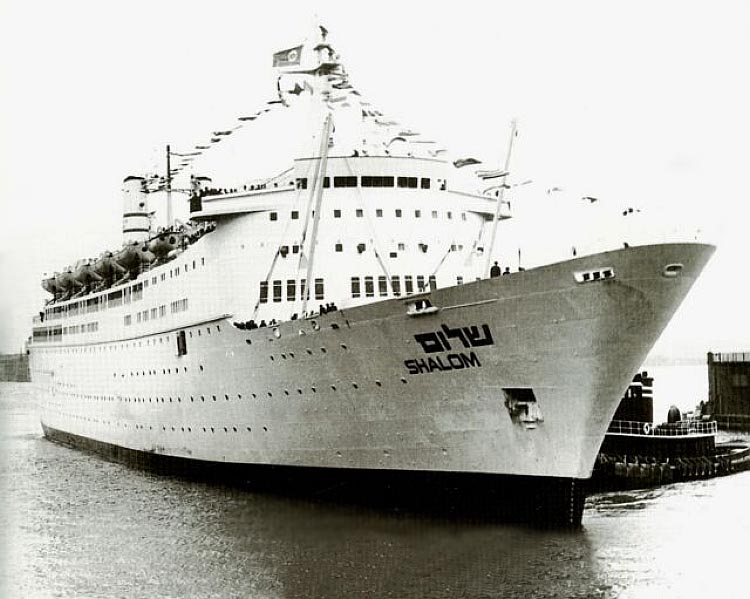For the Holocaust survivors and North African Jews on the way to Israel aboard the ship Negbah in February 1951, the Purim celebration was significant.
My friend Mischa Cheifetz and I had volunteered to work in Marseille in one of the two large transit camps for Israeli olim. We were both members of the Montreal chapter of Habonim, the Labor Zionist youth movement. Mischa was from a Zionist family that made aliyah. His father was the editor of the Yiddish daily Der Kanader Yiddisher Odler (The Canadian Yiddish Eagle) – while my father, a shoemaker, was anti-religious, and an anti-Zionist Communist.
We were assigned to work with a large group of youngsters from Morocco. Since I was a graduate of the Montreal Yiddisher Lerer seminar, my assignment was to teach Hebrew and to be a youth leader. My French was not perfect but I managed to lead discussions about life on a kibbutz. The North African Jews fascinated me; many of them spoke French and Arabic, while those from Tangiers spoke Spanish. Their Jewish identity was expressed through their faith. The men, women and youths knew the Shabbat prayers by heart. Their melodies were different but very beautiful and easy to learn. I felt a deep kinship with them, in spite of our differences.
READ: SCROLLING THROUGH MEGILLAT ESTHER – SONG, TRADITION, ART & HUMOUR
Finally the day we all longed for arrived. Representatives from the Jewish Agency in Israel assisted us to board the SS Negbah, which would take us to Israel. We led our youngsters down to the lowest level of the ship, to the dormitories. We dropped our knapsacks on the cots and headed to the upper deck. From Marseille, the Negbah headed to Genoa, Italy, to pick up Holocaust survivors who were living there in Displaced Persons camps. I stood silently and in awe watching the survivors board the ship. I was hoping that my grandfather Zelig Cymerman and perhaps someone from his large family would be among them. This in spite of the fact that I already knew they were murdered in Treblinka in November 1942.
Many of the youngsters were seasick during the first night. With the help of the ship’s nurse and two crew members, we brought them to the deck. Some of the first-class passengers helped us organize showers and laundry in their own cabins.
Four days into the 10-day trip to Haifa, we began work on a Purim program. First, we discussed the Purim story and the problem of anti-Semitism. Some in the group knew about the Inquisition in Spain and Portugal. They were familiar with the Ladino language that their grandparents and some parents spoke. A few of the boys told me they learned Torah in Hebrew, which the teacher translated in Ladino. A few tourists helped us create costumes, while some kind African women lent the girls beads and bracelets.
Nature was good to us the day of the Purim performance. The Mediterranean Sea was calm and the sky was blue. The Purim characters in their colourful robes and crowns looked as if they just arrived from Shushan. Everyone was in a festive mood. Mischa and Sarah, the English volunteer, and a committee of adults arranged for refreshments to be served. It was a smashing performance. The captain who was present invited us to perform again in the main first class hall for the tourist passengers.
This happened more than half a century ago, yet there is not a Purim that goes by that I do not recall the joy, the enthusiasm, the excitement I experienced on that wonderful day. I think of my friend Mischa, who has since died, and all the others with whom I worked in Marseille and on the Negbah. They all enriched my life forever.
